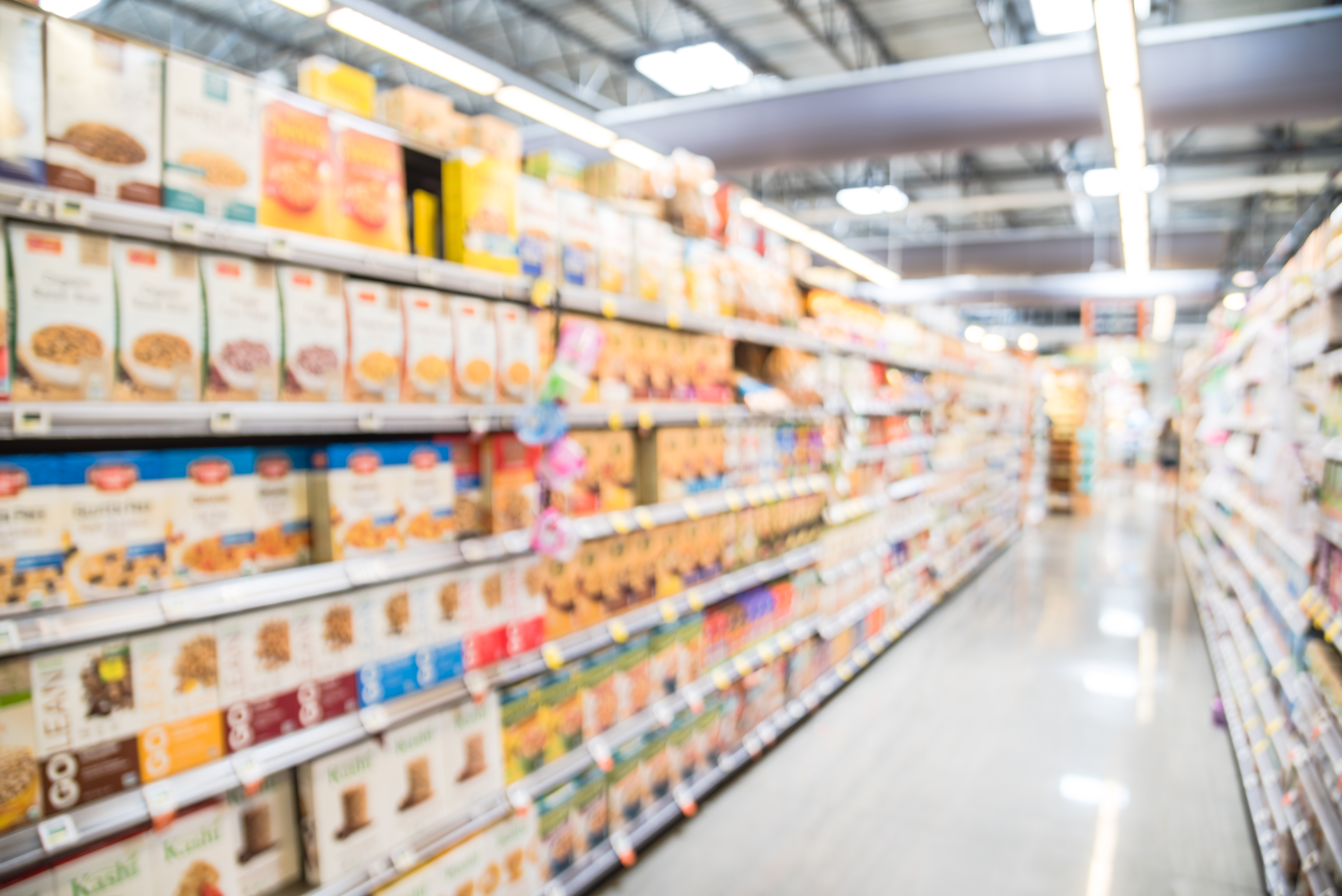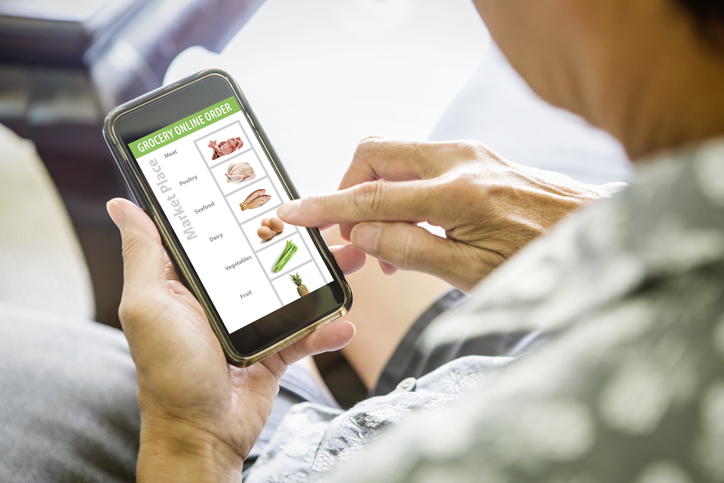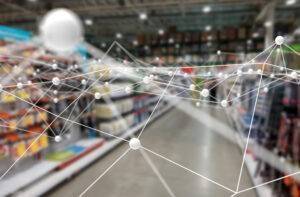Shopper behavior changed in 2021: How does this affect retail?
The COVID-19 pandemic has affected shopper behavior in many ways. Even though a large number of Americans have been vaccinated and people are starting to spend more time outside their homes again, data shows that certain shopping trends may be here to stay. From the way people perceive brands to the mindset around purchases, here are a few things that have emerged from the pandemic which brands need to be aware of.
Brand loyalties are shifting

Product shortages and the move toward online shopping have made consumers more open to trying other brands, which means there is less brand loyalty. But there is still some good news for brands: the number of consumers who believe brand names don’t matter dropped from 85% in March 2020, when the pandemic was at its peak, to 64% in March 2021.
At the same time, new brand allegiances are being formed. Sixty-six per cent of consumers say they are likely to stick with the new brands — especially for food items — they tried during the pandemic.
Brands need to review their entire value chain in light of the current consumer expectations, because what customers value about brands has changed as a result of the pandemic.
Omnichannel is here to stay

Online grocery shopping grew dramatically during the first eight months of the pandemic. Much of that growth appears to be permanent, with 70% of consumers saying they will continue or increase their use of online shopping post-pandemic, and a remarkable 28% plan to avoid physical stores completely.
However, a pure online model isn’t suitable for all grocery purchases, and this is reflected in the use of BOPIS (buy online, pick-up in store), which is expected to continue for items that don’t need close inspection (like toilet paper) but whose size or weight makes for high delivery fees. Consumers who are stretched for time or those still wary of rubbing shoulders with other shoppers may stay with BOPIS as well if they want to avoid delivery charges or struggle to arrange delivery at convenient times.
As for perishables like fresh meat and produce, it is likely that people will continue to make in-store purchases since they can touch and feel them before making a purchase. Those who have had unsatisfactory experiences with such online purchases are also likely to turn to in-store shopping for those items.
The direct to consumer (D2C) model, whereby brands reach consumers directly through digital channels, has also benefited from the pandemic, with many brands having accelerated their D2C plans in the past year. But even though the D2C model helps brands avoid having to justify (or buy) shelf space, it is more appealing to younger buyers and really only works when enough items are ordered together at the right frequency, and where the shipping costs aren’t prohibitive. That said, established brands are creating products exclusively for D2C sales, acquiring up-and-coming D2C companies, and even offering direct sales of established products.
With consumers moving from purely in-store shopping to various different methods, brands and retailers need to pay attention to providing good omnichannel experiences.
Consumption is occurring in new places
Despite calls from some quarters for a return to traditional workplaces, a large majority of Americans want to retain some remote working after the pandemic. This implies that at least part of the shift to in-home consumption will be permanent.
The move to working from home has changed food consumption patterns, as people have stopped buying meals and snacks on the way to and from work or at lunchtime. Instead, a McKinsey report shows continued higher demand for packaged meals, packaged produce, bakery, diary, dish care, and paper and plastics as people continue to consume food at home.
Between a quarter and a third of consumers also say they will continue to reduce major out-of-home activities after the pandemic, implying greater in-home consumption now, compared to pre-pandemic times.
COVID-19 has changed a number of shopper habits, and there’s no sign of a complete return to the old ways. Stores and brands therefore need to respond quickly to keep shelves stocked, improve their online offerings, and address any deficiencies in their manufacturing and supply chains.
Trax’s Computer Vision technology can help to determine exactly what is — and isn’t — on supermarket shelves, and provide brands and retailers with actionable insights to increase sales by improving the shopper experience.
To learn more about pandemic-led changes to consumer behavior, and for a peek into product availability during the peak of the pandemic and after, download the Trax white paper: The new, post-pandemic state of the shelf.



